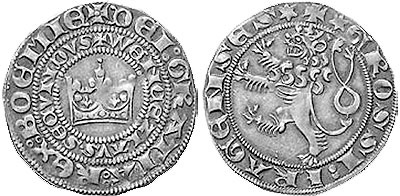Copper is the third most useful metal in the world after iron and aluminium.
This is due to its exceptional physical properties – plasticity and ductility – that enable working it into any shape. Moreover, copper is used in alloys with zinc and tin to form brass and bronze, respectively. The alloys are more durable than pure copper, but retain copper properties.
Considering its excellent electrical and thermal conduction, copper applications include building industry (pipelines, lighting, air conditioning, roofing), power industry (wind farms, transformers and power generator sets) telecommunication (cables, computer connectors), automotive industry (cars, trucks, trains, aircraft) and minting (Polish grosz coins are minted of 59% copper, 40% zinc and 1% manganese to add strength).
Thanks to its durability and unique colour, copper is also used in interior designs. Due to its bactericide properties, copper is increasingly used for production of door handles, kitchen table tops and tables. Resistance to corrosion guarantees a long useful life of products made of copper.
Silver, discovered over 5,000 years ago, was one of the first metals known to man. Nowadays, silver is widely used in jewellery, cutlery, production of photographic films, disinfectants, antibiotics, dental fillings, batteries, etc. Like copper, silver is often alloyed with other metals to add hardness and strength.

PRAGUE GROSCHEN, THE MOST COMMON CURRENCY COIN IN MEDIEVAL CENTRAL EUROPE (WEIGHT: 3.78 g)
Due to its low electrical resistance silver is used in electrical engineering. other silver applications include water treatment: by suppressing bacterial growth silver is a substitute for chemicals such as chlorine or bromine. Due to its antibiotic properties silver is used in production of paper for medical applications. Moreover, top quality mirrors are made of silver to benefit from its very high reflectivity.








